Conservatories – how to plan and create your dream room
Want to add a conservatory? We tell you what you need to know before choosing the glass extension that's right for you
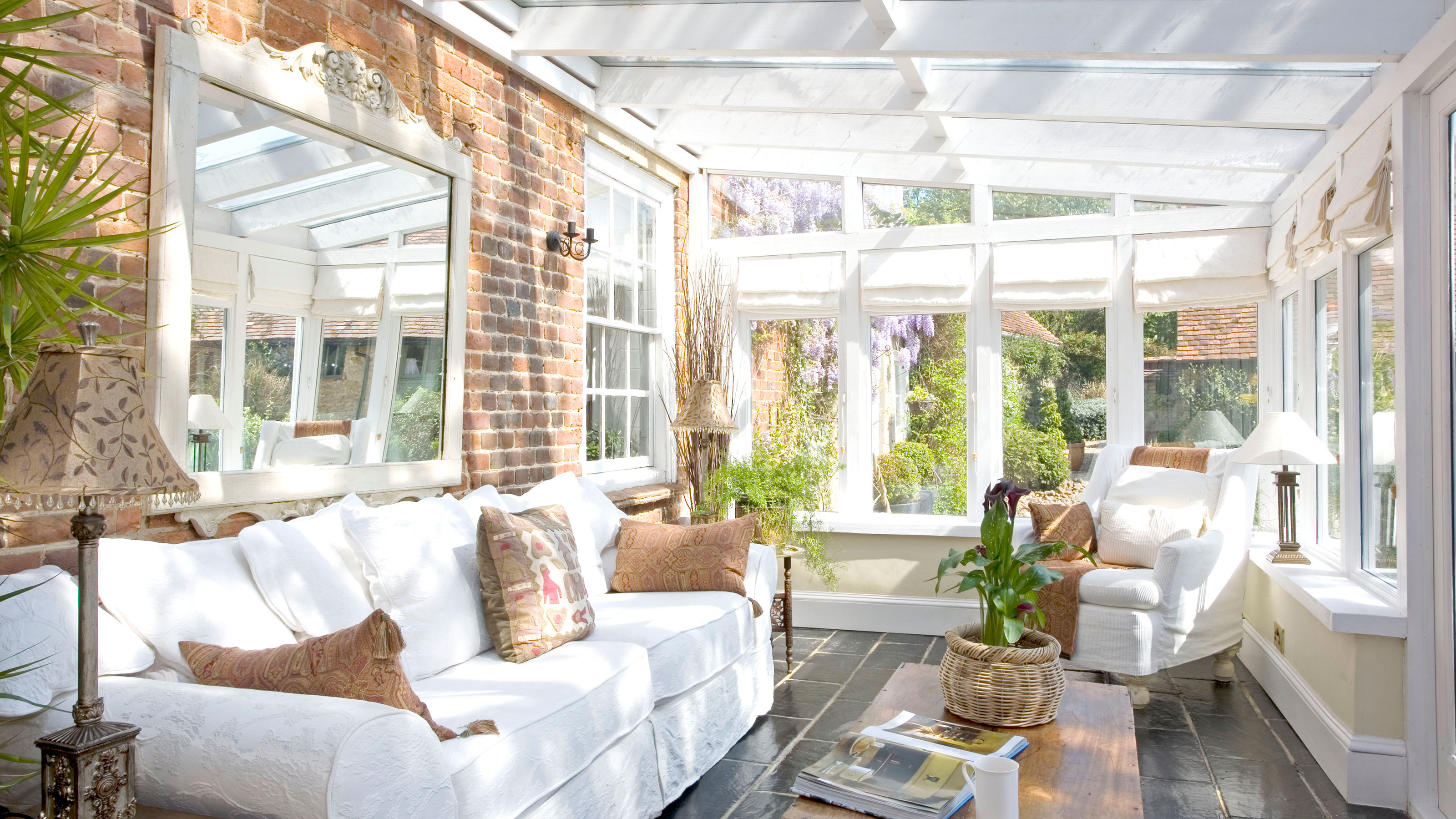
- What is a conservatory?
- Is there a difference between conservatories and orangeries?
- What is a glass box extension?
- Seasonal considerations to make
- How much will one cost?
- What materials can you use?
- What planning permission do you need?
- Do I need an architect to build a conservatory?
- Can I build a conservatory myself?
- FAQs
Conservatories are one of the most popular ways to add space to your home, creating a natural, free-flowing link between inside and out. The all-glazed walls, doors and roof mean that you can be surrounded by nature while being sheltered indoors, yet it still allows light to reach the rooms in the centre of your home.
The very best conservatory ideas make them perfect for use as a versatile garden room, playroom or dining. You could even consider a conservatory kitchen (provided you get the design right). Our love for this traditional extension shows no sign of abating; nearly two million conservatories are installed on homes in the UK each year, according to Orangeries UK.
If you've weighed up the extension vs conservatory debate and landed on a glass addition, here’s what you need to know.
What is a conservatory?
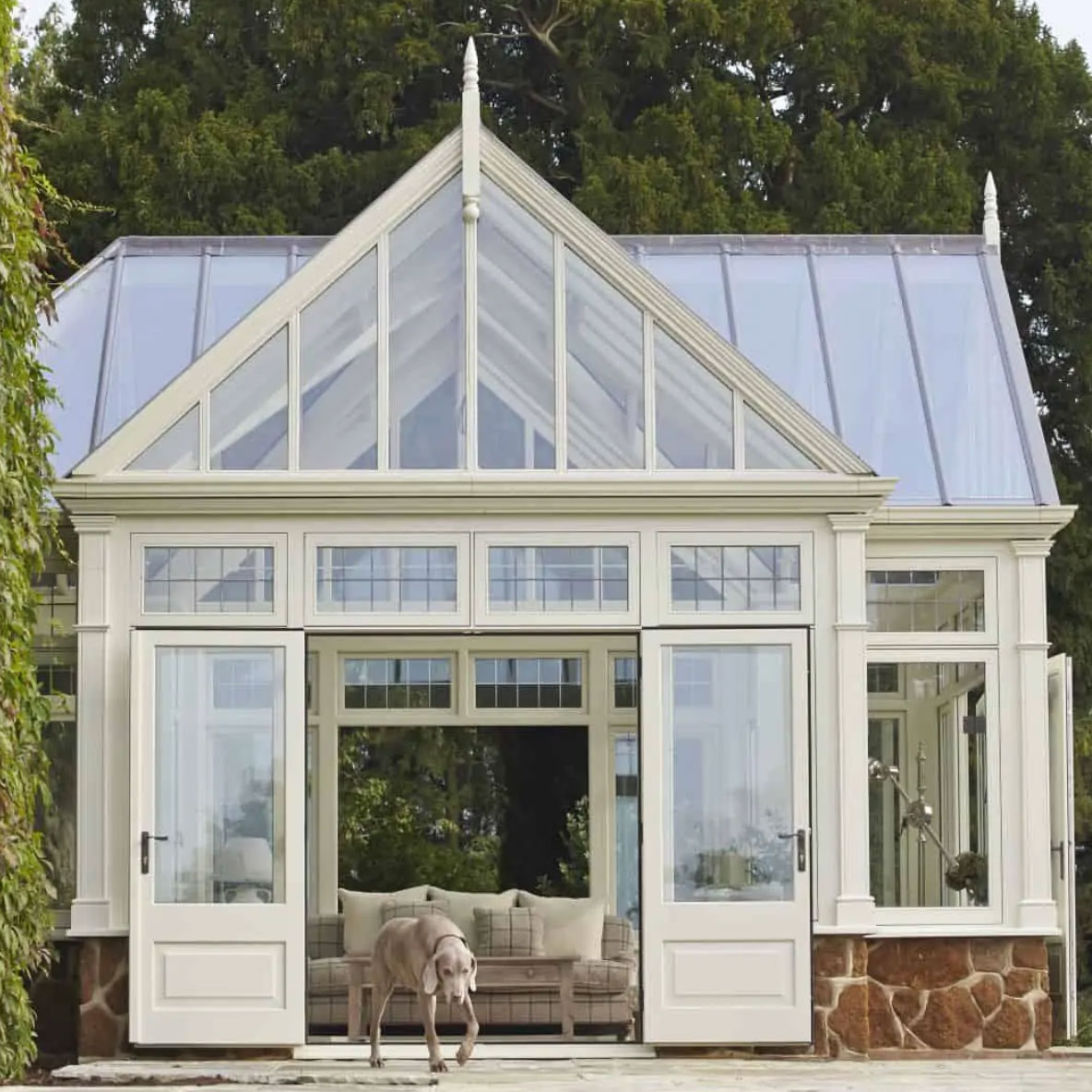
To be called a conservatory, it must have 'at least 50 percent of its side wall area glazed and at least 75 percent of its roof glazed with translucent materials, either polycarbonate sheeting or glass’.
They were a status symbol in the 16th century, as wealthy homeowners added glazed rooms to their houses so they could impress their friends by growing exotic citrus fruits that traders had brought back from the Mediterranean.
The Victorian age was the golden era of conservatories, with palatial structures of ornate iron and glass built for the public to enjoy – such as the Palm House at Kew, and Crystal Palace, which housed the Great Exhibition of 1851. Domestically, they became a handy extra space where the family might pursue hobbies or entertain guests amid a private jungle of lush, heat-loving plants.
The 1970s saw a resurgence in their popularity as more modestly sized conservatories were in financial reach of the average homeowner. Though they were inspired by the Victorian versions, wood, PVC and aluminium replaced iron and steel frames, and the windows were double glazed.
Is there a difference between conservatories and orangeries?

The distinction between a conservatory and orangery lies in how much of the roof and walls are glazed, says Mervyn Montgomery, founder and joint director of Hampton Conservatories.
‘Conservatories tend to have a sloping roof, bear their weight onto the side frames of the structure, and are very light,’ he says. ‘Orangeries have a suspended glazed roof lantern built into a solid flat roof, which adds height and allows light to flood in. The flat areas provide shade in the summer and warmth in the winter as they are heavily insulated.
‘A bespoke orangery tends to be around 15-20 per cent more expensive than a conservatory of the same size and spec because the hybrid structure of the roof is more complex,' he adds.
What is a glass box extension?
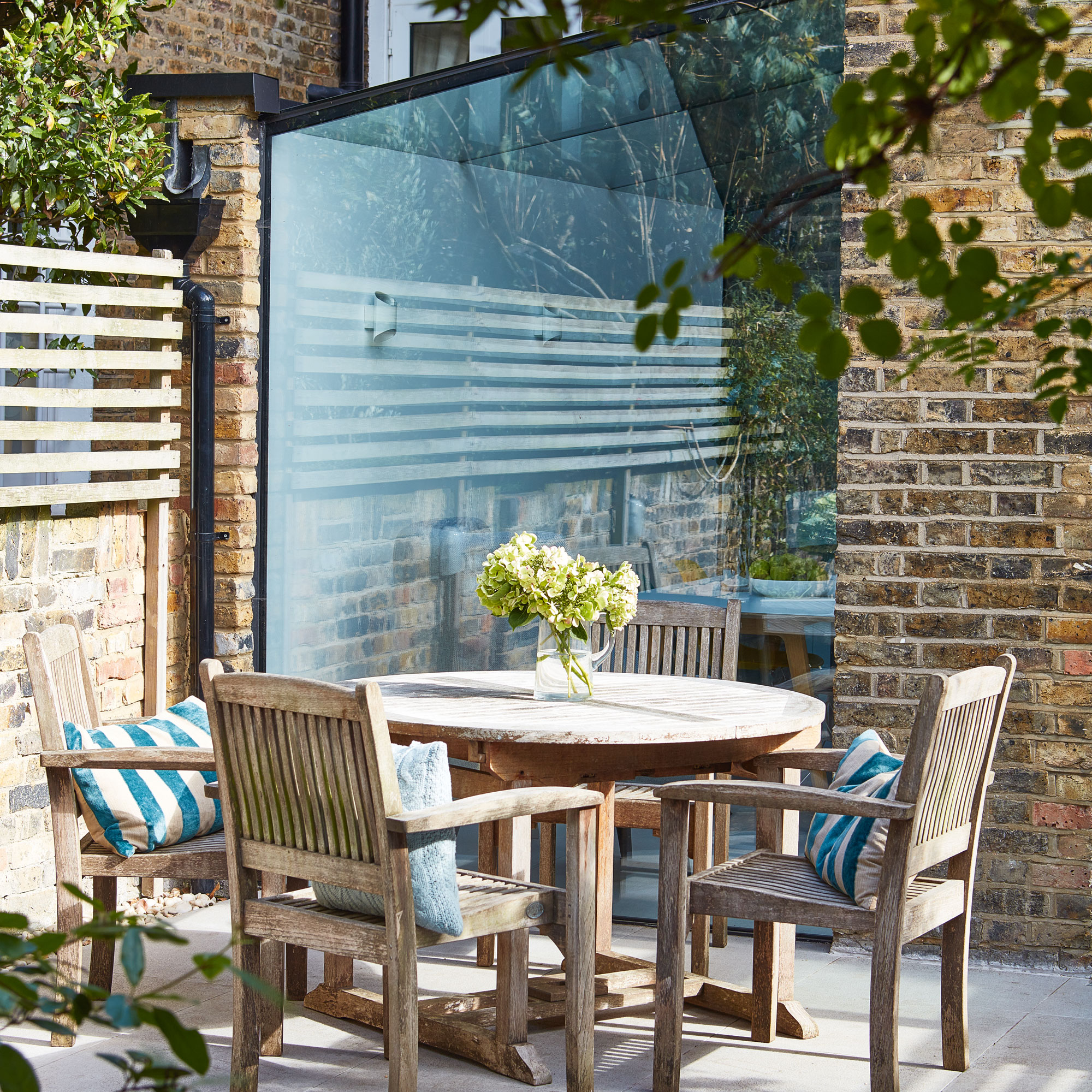
The glass box extension is a modern interpretation of a conservatory. They have a clean, simple aesthetic with all glass walls and a flat or sloped glass roof. Minimal framing offers uninterrupted views of the garden, but also leaves the room dramatically exposed from the outside looking in.
The ultra-contemporary look often works well with period homes, providing a contrast to the traditional style and materials rather than trying to imitate them.
Seasonal considerations to make
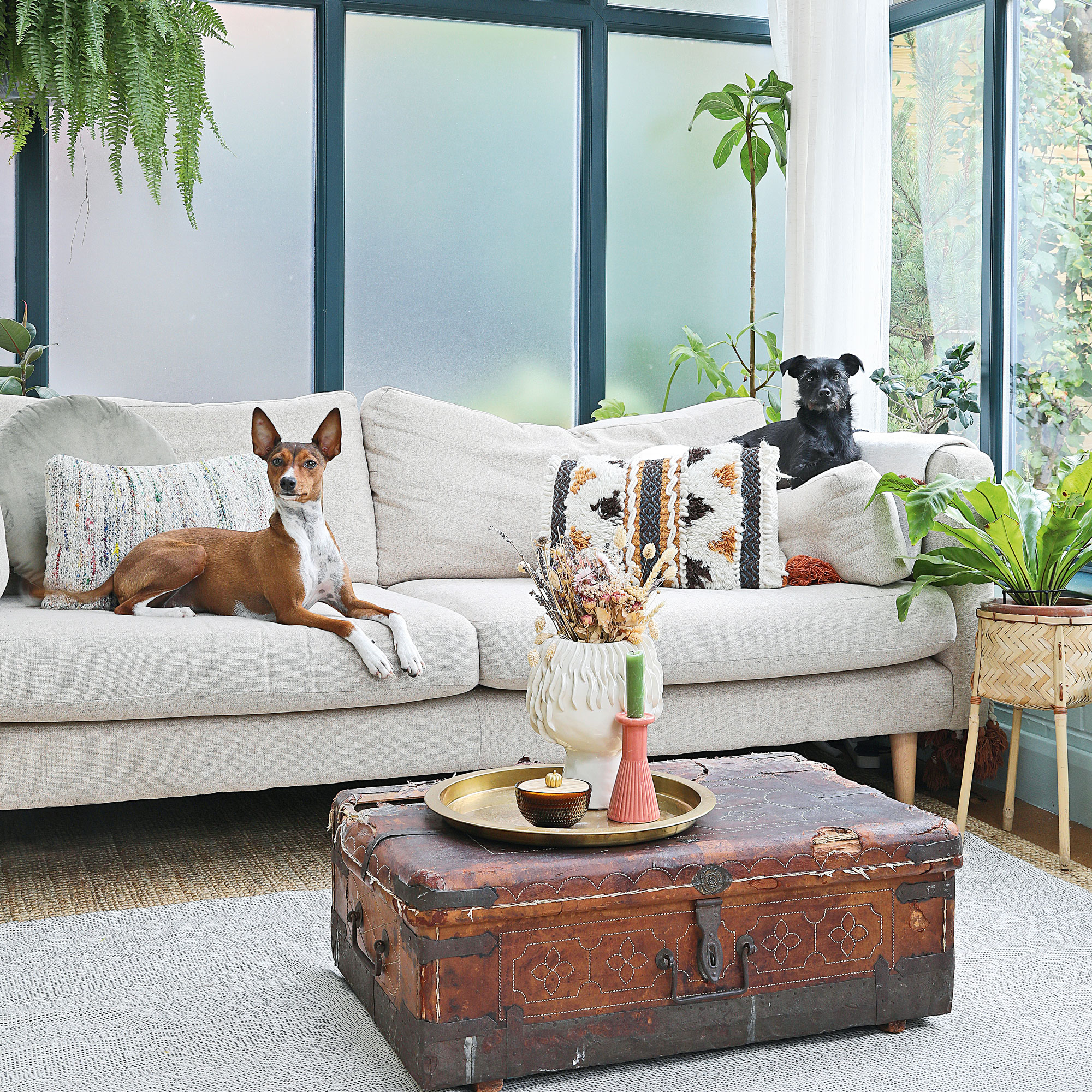
With so much of the walls and roof being glass or even plastic, conservatories dating from the 1980s and 1990s gained a not undeserved reputation for being unusable for much of the year. On hot summer days the heat inside could become unbearable, while frosty winters would see the temperatures plummet.
‘Poor quality PVC models of the past might conjure up images of structures that have issues with discolouration, condensation and climate control,’ explains Karen Bell, creative director for David Salisbury.
However, advances in modern glazing have helped to make them suitable for year round use. Specialist glass types and improved double and even triple glazing on the windows and doors reduce heat loss and make them more thermally efficient, cutting fuel bills. In summer, cooling films and blinds on the windows can offer shade, while vents will let in a pleasant breeze, as well as eliminating condensation in winter.
Self-cleaning glass has a special coating that is activated by UV rays, so it breaks down the dirt that lands on the roof and windows, ensuring they stay clear and grime free.
If you have an existing addition that is falling short, consider modernising your conservatory to make it more suitable for your home and lifestyle.
How much will one cost?
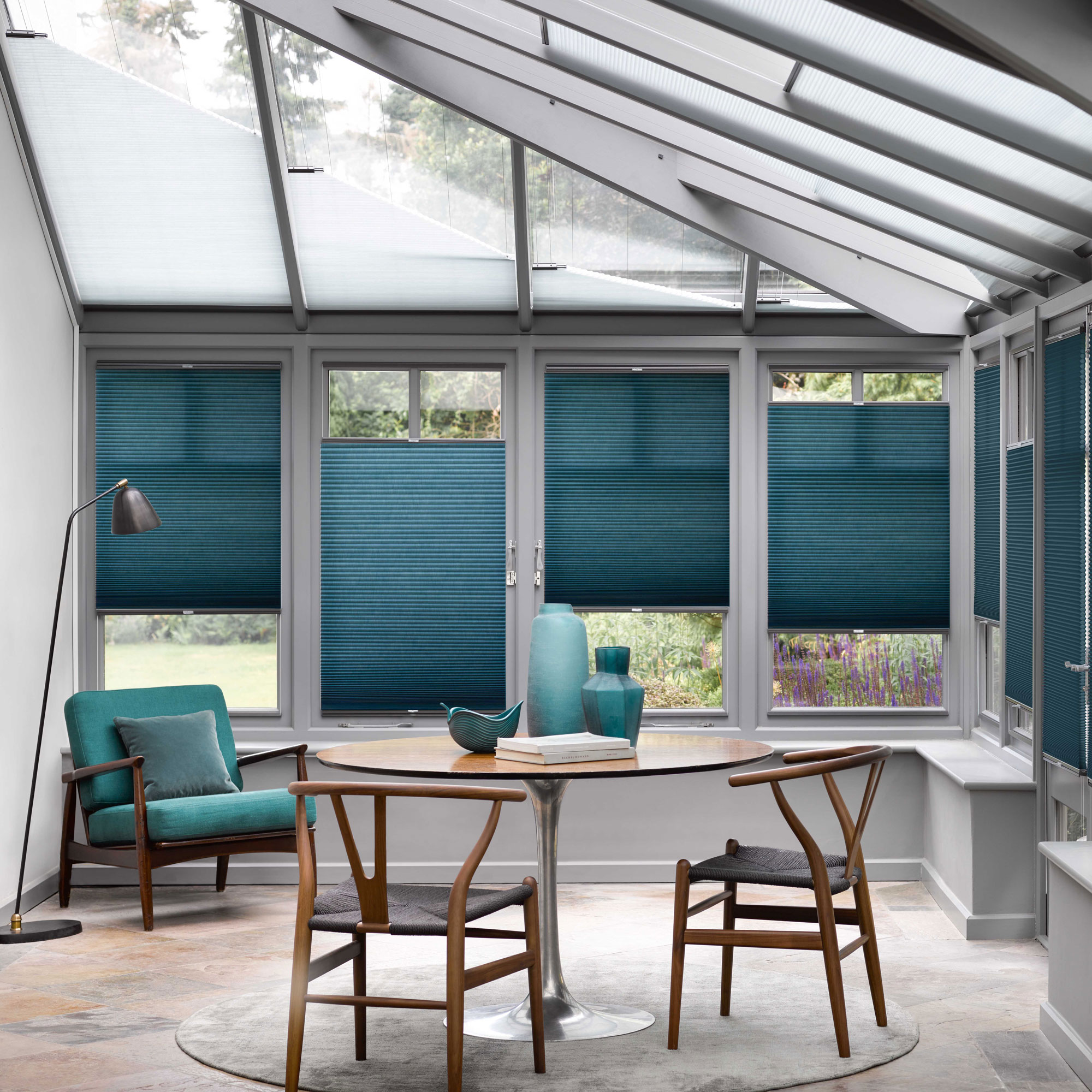
Part of their enduring appeal is the cost of building a conservatory – they can be a relatively affordable way to gain extra space.
‘They vary in price depending on the size, style, and materials used,’ explains Dave Downing, managing director at Conservatory Blinds 4 Less, ‘but as a general guide, you can expect to pay around £10,000 to £15,000 for a small conservatory, and around £20,000 to £30,000 for a larger one.
'The average cost in the UK is £15,000, with the most popular styles – Victorian and Edwardian conservatories – costing around £12,000 and £14,000 respectively.’
What materials can you use?
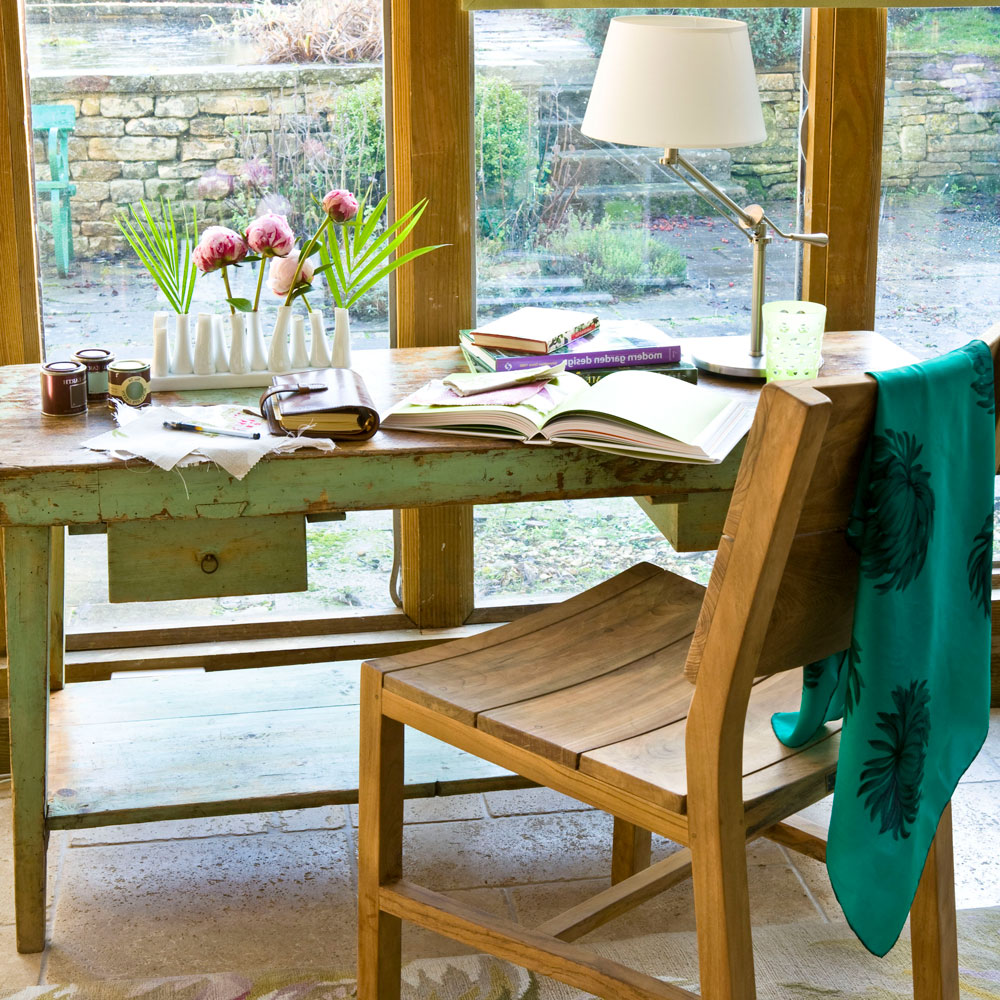
PVC is a great choice for low maintenance and affordability. Modern PVC won’t discolour or yellow over time, nor warp and crack, and it comes in a range of colours. It is also recyclable.
Timber is a sustainable and environmentally friendly option. More of an investment buy than PVC, it should last longer, and can be maintained or updated with oiling or painting every few years.
Aluminium will appeal if you want a sleek and modern style. It is lightweight yet known for its strength, with minimal frames able to support large panes of glass. It is also very durable, thermally efficient, and can be sprayed in a colour of your choosing.
What planning permission do you need?
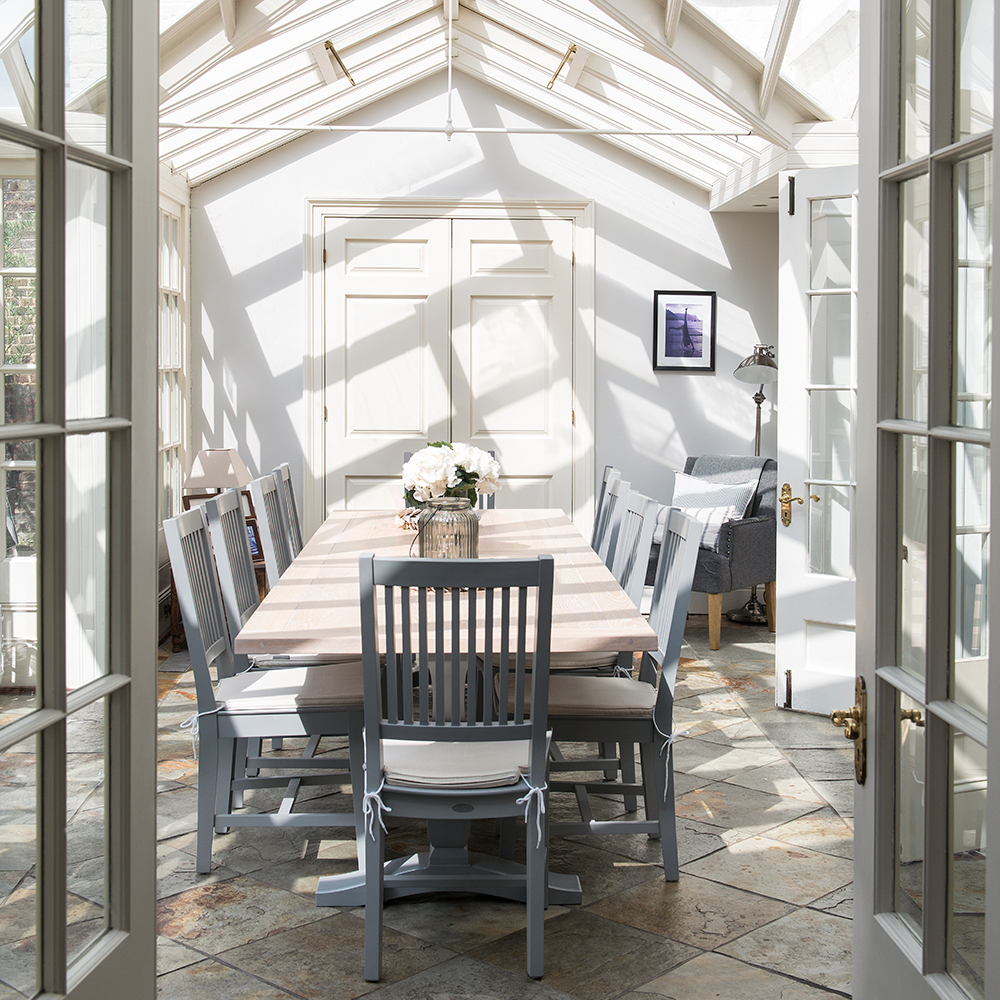
A small-size conservatory can classify as permitted development (PD), so long as it doesn’t exceed specific criteria.
In order to avoid having to apply for planning, it can’t extend more than eight metres from the back of a detached house or six from a semi. It also can’t be higher than four metres, or three metres within two metres of the boundary. A side conservatory mustn’t be wider than 50 per cent of the size of the main property.
Do I need an architect to build a conservatory?
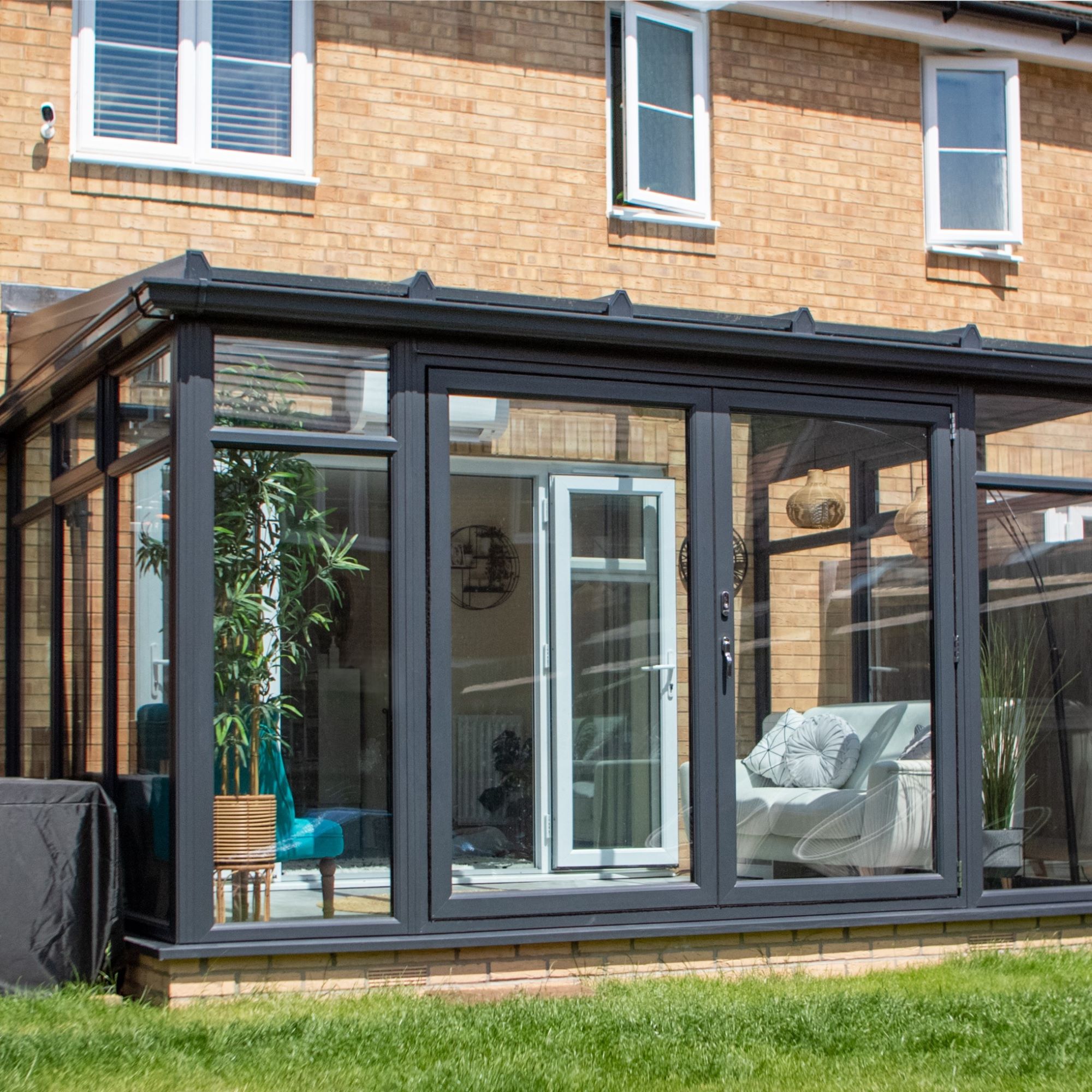
Unless it is part of a bigger room or house renovation, you can probably manage without. Conservatories are simpler to build than a typical extension, and might not need planning permission.
A reliable conservatory company can guide you through the process; from design and planning to supply and installation.
An architect can offer expert advice if you want to add a conservatory to a listed building – when you will need Listed Building Consent from your local authority – or if your home is in a Conservation Area.
Can I build a conservatory myself?
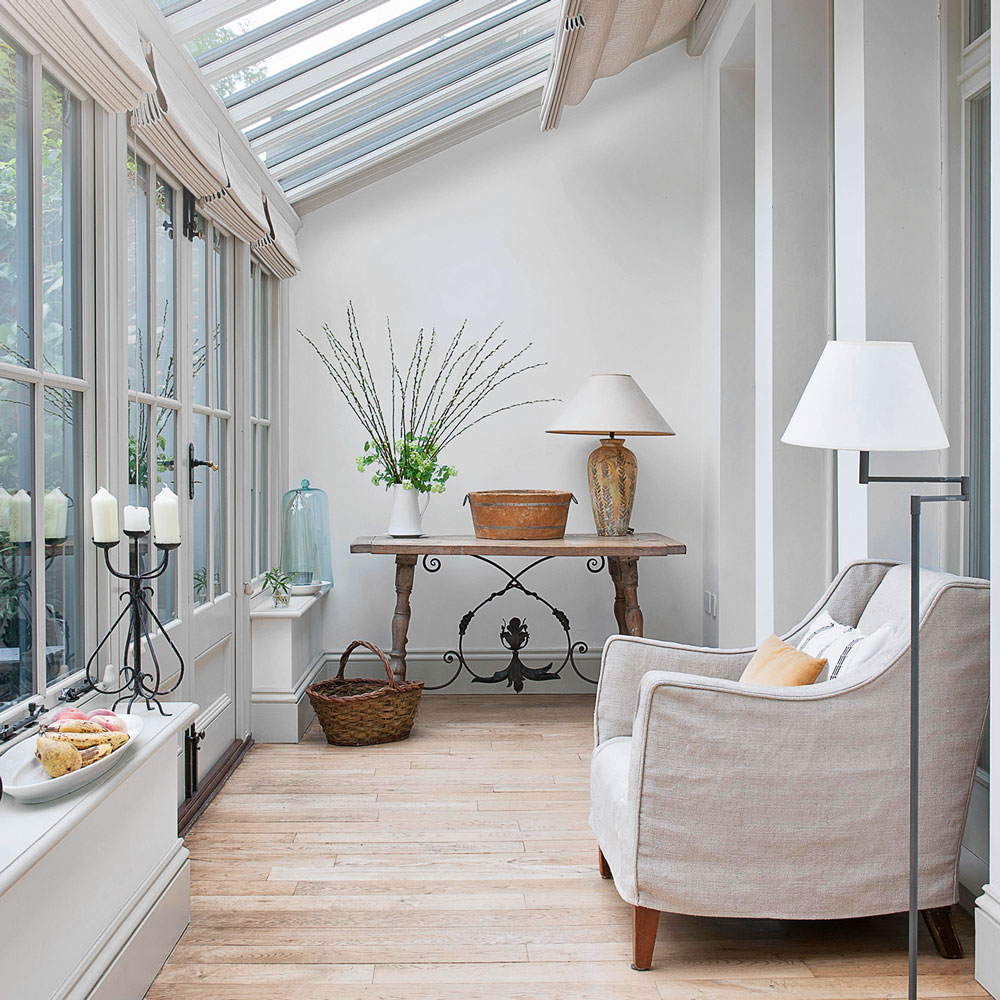
A competent and confident DIYer could build their own, saving thousands on labour costs. There are DIY kits available to buy with all of the sections pre-made, and detailed instructions on how to install it, from the base and the wall sections, to the side framework and roof.
You can also reduce costs by choosing the simplest design, which is a lean-to style with a one-sided sloping roof. These are less ornate than Victorian and Edwardian conservatories and have a more contemporary look.
Consult the Government’s planning portal tool to see whether your choice and size of conservatory meets the permitted development criteria or needs planning permission.
FAQs
What is the four year rule?
If you are building a conservatory under PD rules, it must be done within a certain time period. 'Work must be completed within four years from the start of construction. If it takes longer than four years, planning permission will be required,’ says Tabitha Cumming, a property expert from The Lease Extension Company.
Are conservatories exempt from Building Regs?
Only if it has a floor area of 30 square metres or less. It must also be separated from the house by external walls and windows, and have an independent heating system.
How secure are conservatories?
The large expanses of glazing can make conservatories vulnerable to break ins. Toughened safety glass can add an extra level of security, as will anti-snap door locks.
What is the best type of heating?
If the conservatory has a dwarf wall round the base, low level 300mm radiators can fit neatly beneath windows. Vertical radiators can be used when there is minimal solid wall space. Alternatively, consider underfloor heating beneath a tile, laminate or vinyl floor.
How should I furnish it?
Choose fade-resistant materials for your furniture and soft furnishings to protect them from sunlight. Blinds and curtains across the glass ceiling and windows can reduce glare and retain warmth in winter.
Now it's over to you to start planning.
Get the Ideal Home Newsletter
Sign up to our newsletter for style and decor inspiration, house makeovers, project advice and more.
-
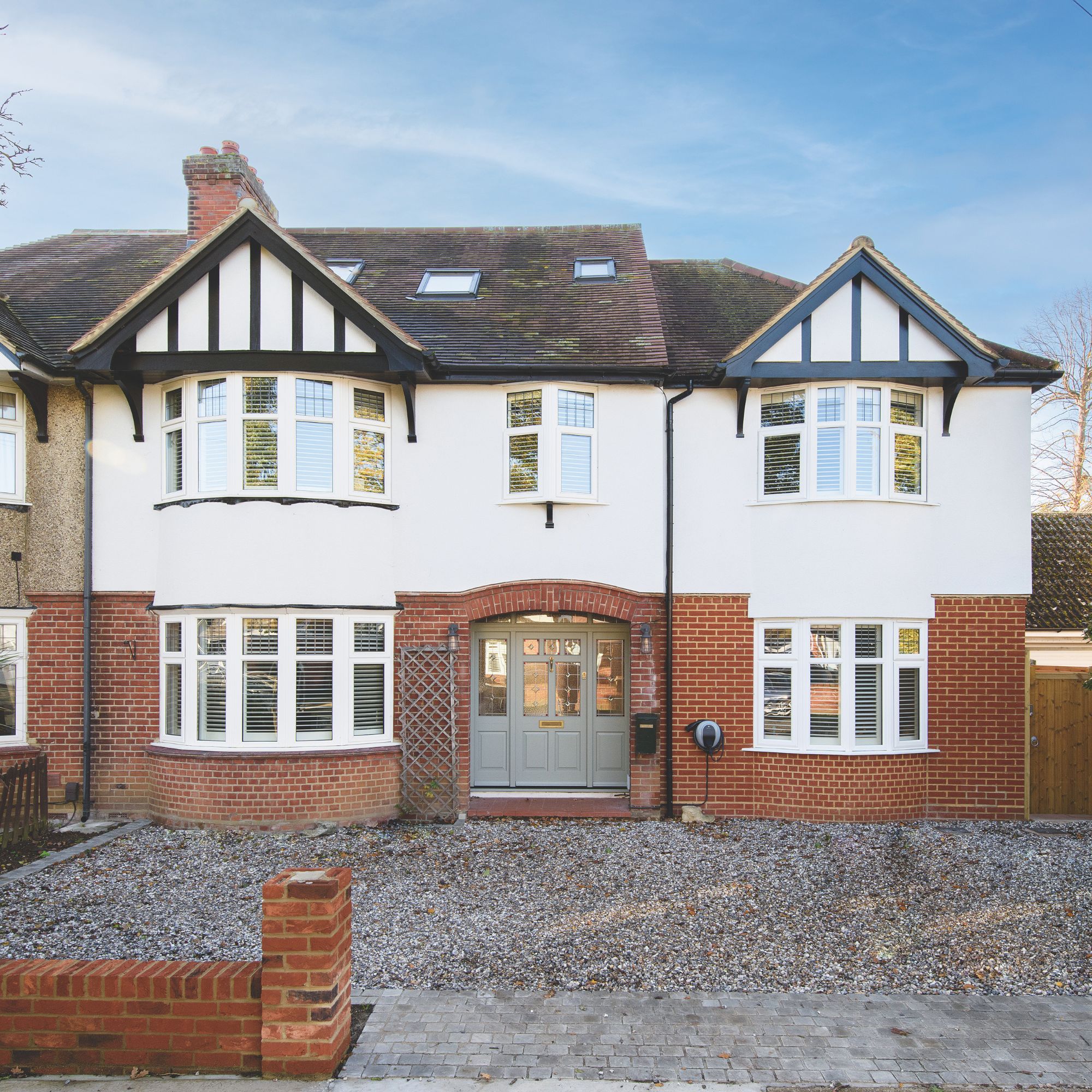 Who is responsible for repairing a party wall?
Who is responsible for repairing a party wall?How to find out who should be organising and paying for the work
By Natasha Brinsmead
-
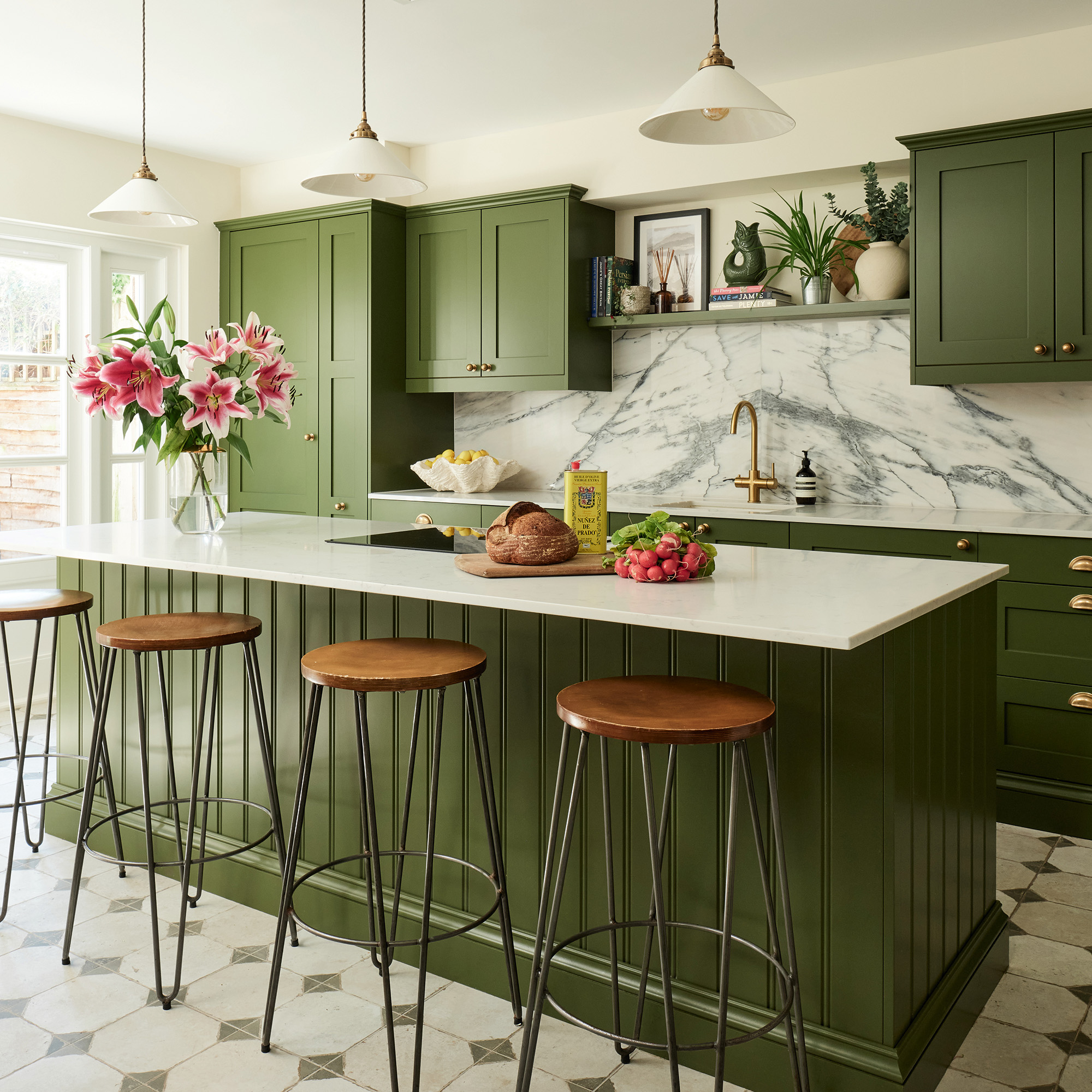 Overcoming limited space and doing away with an awkward layout, this couple created a family kitchen filled with elegant touches
Overcoming limited space and doing away with an awkward layout, this couple created a family kitchen filled with elegant touchesThe symmetrical layout is full of luxurious details
By Holly Reaney
-
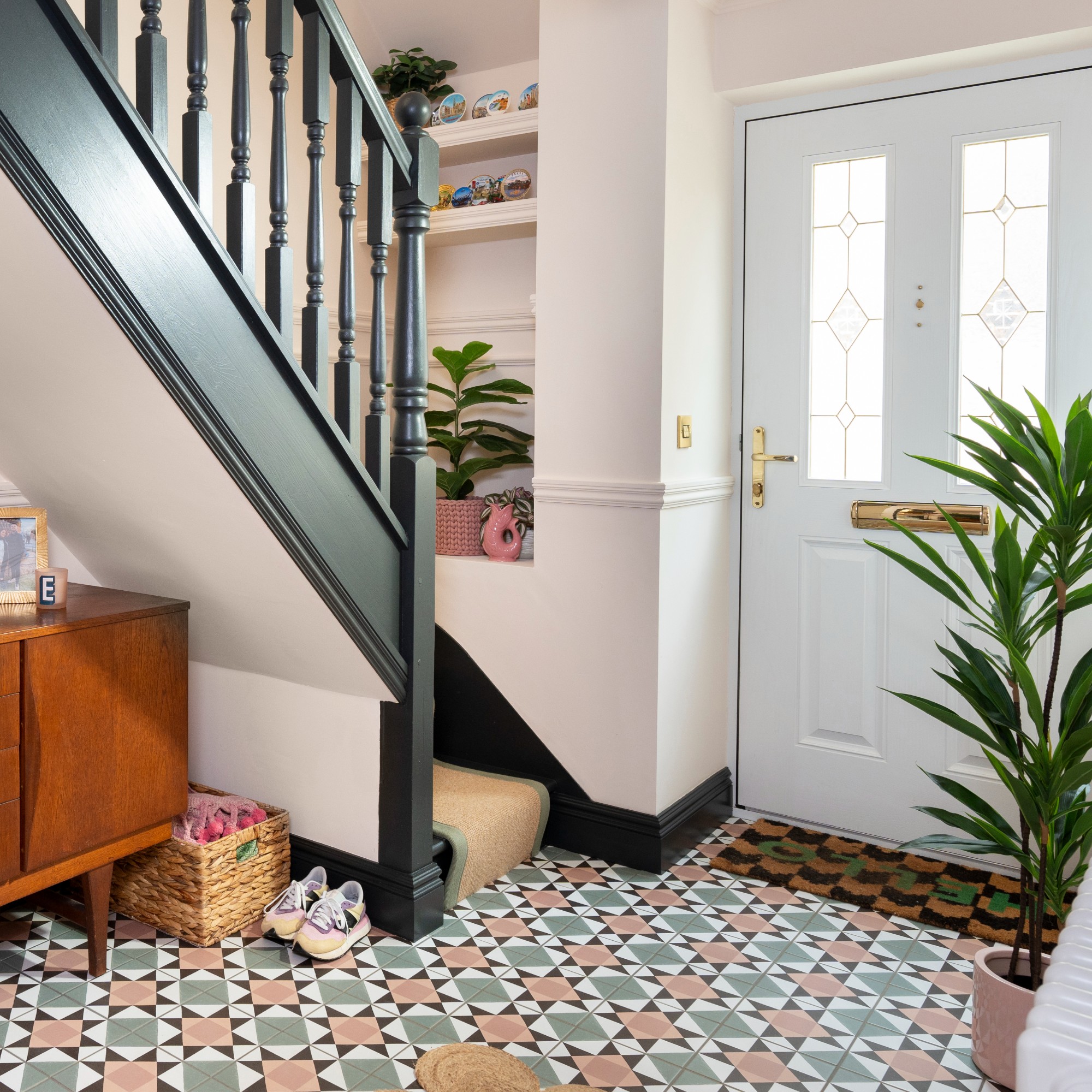 Should your doormat go inside or outside the front door? According to experts I've been getting it wrong for years
Should your doormat go inside or outside the front door? According to experts I've been getting it wrong for yearsExperts reveal the best spot for a a doormat based on your preferences and where you live
By Sara Hesikova